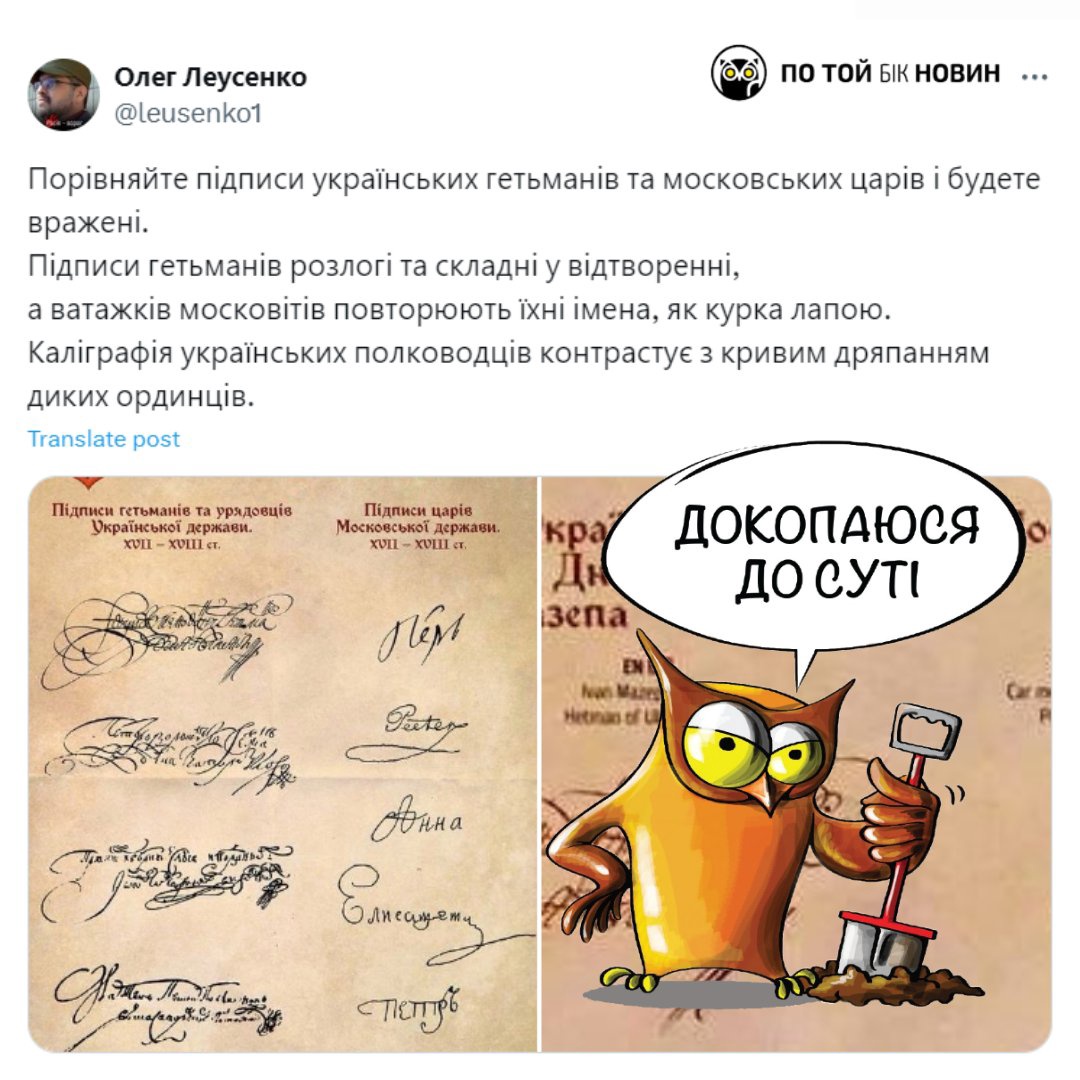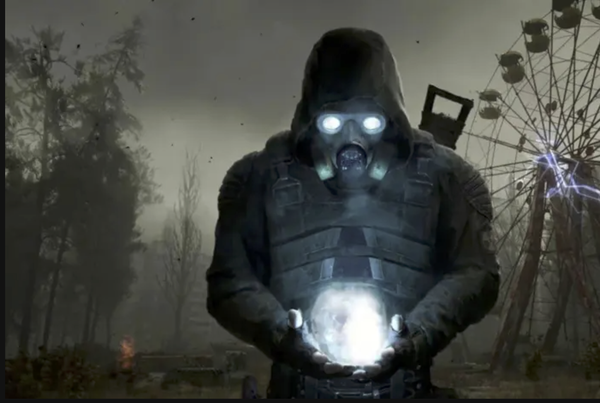What do the signatures of Ukrainian hetmans and Moscow tsars really say?

A perceived notion of inferiority has recently re-appeared as a trend of pride in the Ukrainian segment of social media, and sometimes in the media itself. People are comparing the signatures of Ukrainian Hetmans and Moscow Tsars, stating that the former are “lengthy and difficult to reproduce, while the Muscovite leaders simply repeat their names like a chicken scratching something with its paw.” From this comparison, they draw conclusions about the level of intelligence and education.

This picture does indeed delight the Ukrainian audience. However, it in no way demonstrates ineptitude or a lower level of education. In fact, such “lavish” signatures are more likely to signify the lower rank of their owners. Surprised? Allow us to explain.
According to the historian Oleksandr Alfiorov, all monarchs signed only their names, as there was simply no need for more elaborate signatures. In contrast, the signatures of Hetmans often contained various notes about their positions or other relevant information.
“All those Louis and Charles have the same signatures [as the russian Tsars - ed.]. The signatures of Hetmans contain the formula ‘with their own hand’ and often include additions ‘by their royal’ or ‘tsarist’ grace. At the same time, the title ‘Hetman of the Zaporizhzhian Army’ is also used. Such signatures are more likely to indicate a lower rank,” explains Oleksandr Alfiorov.
Historian Volodymyr Barov concurs with his colleague: the higher the rank, the more concise the signature. The monarch’s signature was intended to be clear and understandable for every recipient, regardless of their education level. Conversely, Hetmans used similar signatures in letters to officers, who were part of the same circle and education level, so there was no need for simplification, according to Barov.
In addition, the historian sees another explanation:
“It’s all about titling and the signature culture of the time. First of all, a signature was part of a personal style. Ukrainian Hetmans lived in the Baroque value system, where not only the content but also the form was important. Also, many of them were well-educated, on par with Europe at the time. In correspondence, they had to show their level of education. Written communication was recognition of ‘equal to equal’.
The Moscow and russian tsars, however, existed in a different paradigm and cultural norm. The main thing was the name of the sovereign as a symbol of his power. Anyone who saw it should understand from whom the order came. Personal style and beauty were not important here,” says Barov.
Regarding education, Barov notes that not all the tsars had a full-fledged systematic education. They did not need to be experts; there were advisers and ministers for that; hence the disdainful attitude towards scholarship and science as something secondary, dependent on the authorities.
“This shows a cultural and ideological difference. Education and one’s own style versus superiority and the cult of power,” Barov explains ![]()






